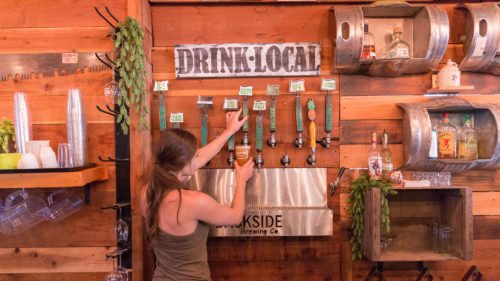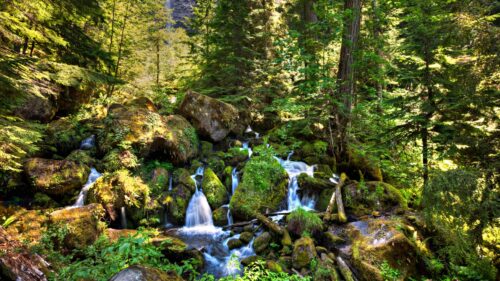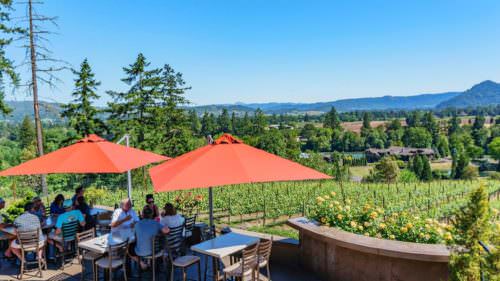What is romance? It’s a big question. After spending almost 10 years with my partner, Andy, I feel reasonably confident in saying it’s not chocolates, flowers or scheduling date nights weeks in advance. Romance is really about surprises, and from that perspective, Oregon’s wine country is about as romantic as it gets.
For wine lovers, one such surprise might be that the Umpqua Valley in Southern Oregon is becoming a powerhouse producer of tempranillo. Known for its rich cherry and leather flavors, gentle spice, and silky tannin, tempranillo is widely grown in Spain and plays a key role in the Rioja and Ribera del Duero regions. So when Andy and I got the chance to visit the Umpqua for ourselves to check out tempranillo’s traction, we had the car packed and gas tank topped before you could say “American Viticultural Area.”
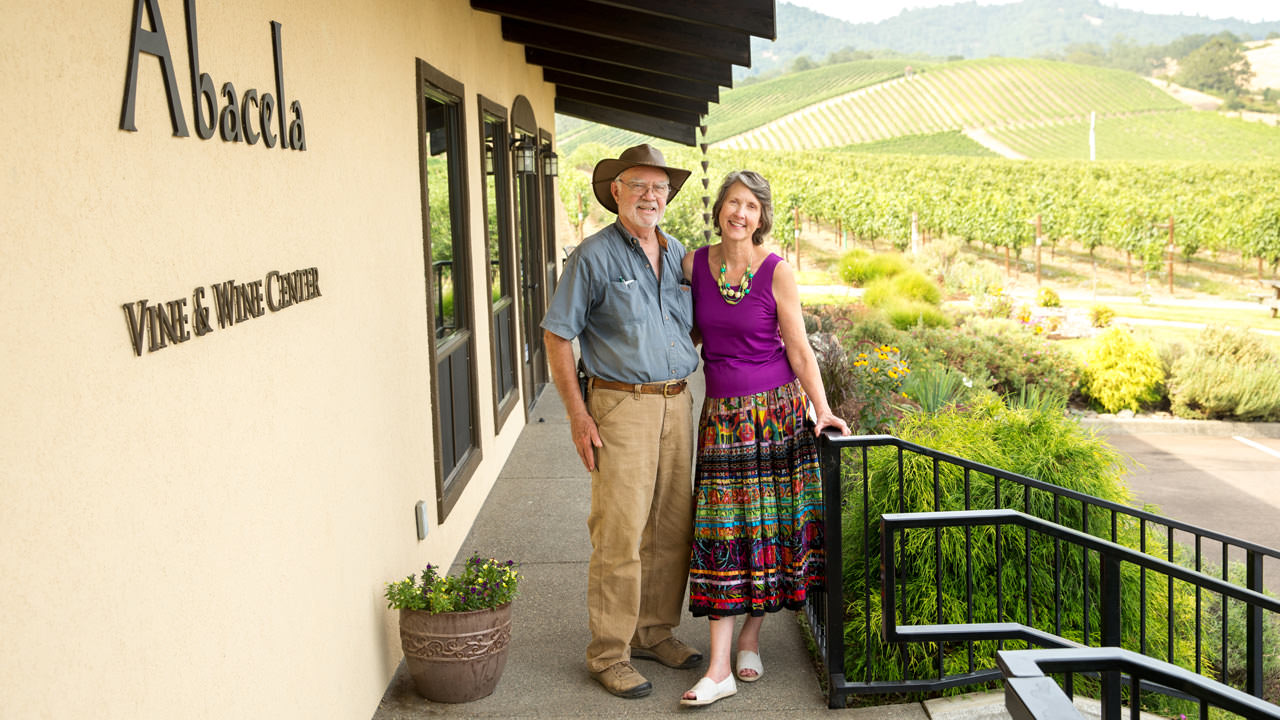
Day 1: Meet the Vino Pioneers
After an early-morning departure from Portland, our first stop is Abacela, Oregon’s tempranillo pioneer, with the hope that founders Earl and Hilda Jones can help shed some light on how and why tempranillo first took off in the Umpqua.
In 1995 Earl and Hilda planted Oregon’s first commercial tempranillo on a topographically complex vineyard site featuring five types of soil and grades ranging from dead flat to a calf-cramping 46 degrees. Why choose such a quirky site? One reason: climate.
“I’d studied where they grow fine tempranillo,” explains Earl. “Everyone in Spain says their wines are great because of their soil or their winemaker, but there are a multitude of soils in Rioja. And Ribera del Duero is 150 miles away but still makes great tempranillo.” So Earl set out to find a place in the United States with a Rioja-like climate: hot summer days, cool nights, and minimal frost risk in the spring and fall. After eliminating New Mexico, Idaho and Washington, Earl and Hilda turned their sights to Southern Oregon, where it turned out that the Umpqua had the exact climate they were seeking.
It turned out that Earl had discovered something essential about tempranillo: It performs best in climates with short, hot growing seasons. Too much heat for too long resulted in flabby, uninteresting wines. Not enough heat meant grapes failed to ripen or develop fruit flavors. But the climate of the Umpqua, like Rioja, was just right.
At Abacela’s tasting room, our personal tempranillo party kicks off with pours of the easygoing 2015 Fiesta, followed by the more structured 2015 Estate Barrel Select. Those glasses of cherry, earth and spice practically beg for a charcuterie platter and a couple of friends to share with. We walk away with a bottle of each, plus a beguilingly violet-scented malbec, and strike out for our next destination, Cooper Ridge Vineyard.
Husband-and-wife team Robin and Lesa Ray started this estate winery in 2008, planting tempranillo along with merlot, syrah, pinot noir and several white varieties across 12 river-adjacent acres. In 2015 Cooper Ridge opened a gorgeous new tasting room, with panoramic river views from the porch plus terraces for lounging vine-side.
“We love the Umpqua because there’s still something to discover,” says Robin. As he tells us about the regular port-and-cigar nights and winemaker dinners at Cooper Ridge, he uncorks a bottle of their 2014 tempranillo, which includes 2.5% each merlot and syrah for a touch of extra fruit. Lush, full bodied and approachable, it’s the kind of wine that feels built for lingering.
Fortunately for us, we’ve got the perfect place to do exactly that: the second-story balcony of our digs for the night, Cooper Ridge’s vineyard guest house. The 1,200-square-foot home comfortably sleeps four, with a breakfast bar kitchenette plus a stunner of a view. It’s a chilly summer night, but Robin and Lesa have thoughtfully left out extra blankets, which we immediately take outside to the balcony and snuggle in to watch the sun set over the neat rows of vines flanked by the Umpqua’s rumpled hills.
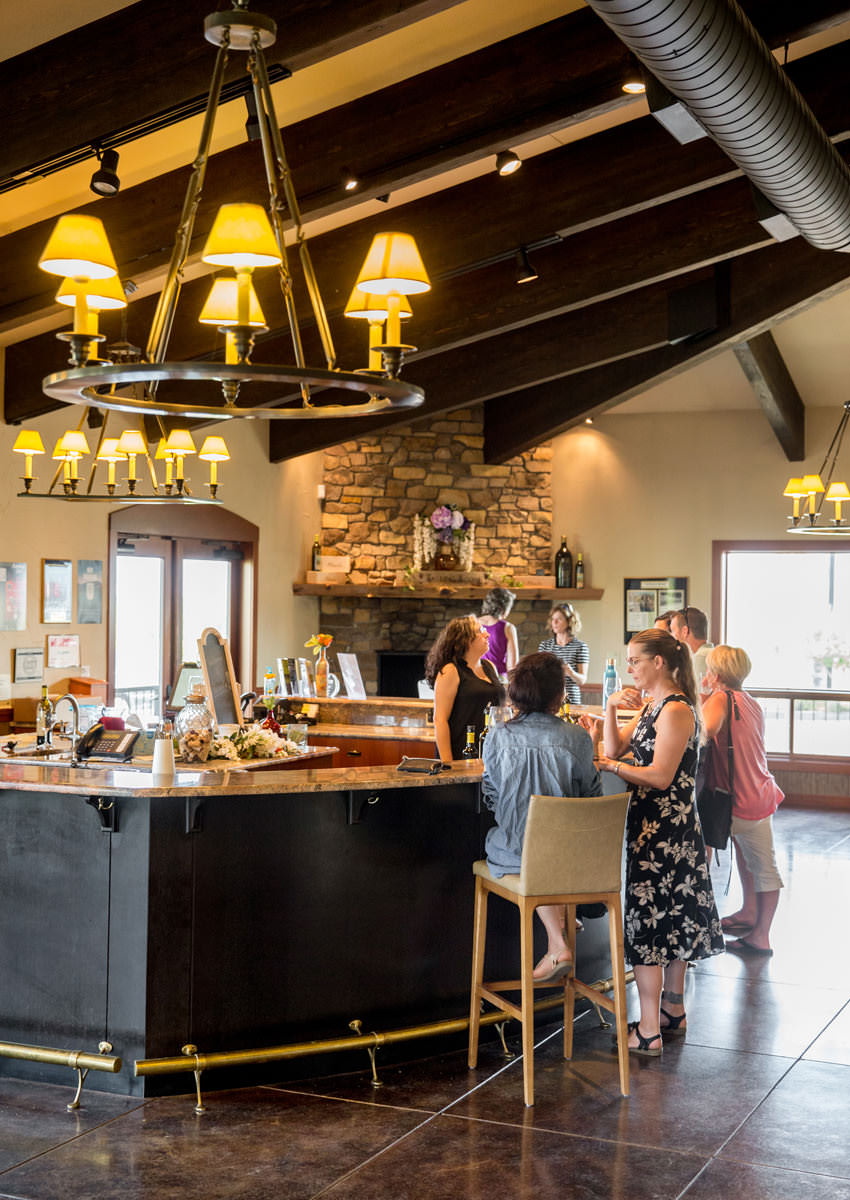
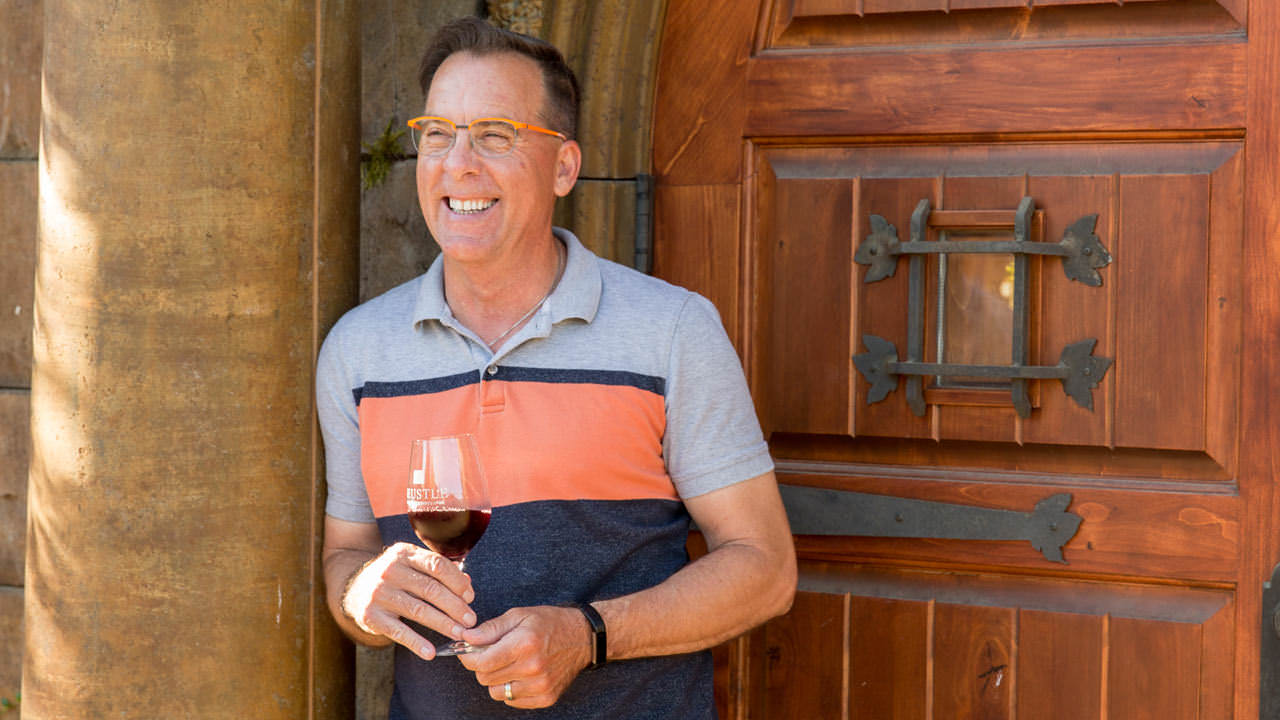
Day 2: Get a Taste of the Craft
After a leisurely, pajama-clad breakfast followed by a blissful bath in Cooper Ridge’s extra-large tub, we head to Reustle Prayer Rock Vineyards to meet with owners Stephen and Gloria Reustle. A former farm kid turned New York advertising executive, Stephen first visited the Umpqua in 2000 and fell in love with the region’s slower pace and nascent viticultural potential. By 2003 he was volunteering at Abacela to learn the ropes, and in 2004 Reustle Prayer Rock celebrated its inaugural harvest.
It’s hard to say which is more memorable, Reustle Prayer Rock’s balanced and food-friendly wines or its one-of-a-kind aesthetic. A former Disneyland designer helped Stephen and Gloria create their catacomb-inspired tasting room. Visitors are seated in a private nook built to resemble the great cellars of Europe, complete with arched doorways and fresco-adorned ceilings. Wine specialists lead groups through flights paired with nibbles, all tailored to their specific desires. It’s a brilliant concept that feels just right for Reustle Prayer Rock, which underscores their decidedly old-world approach to winemaking.
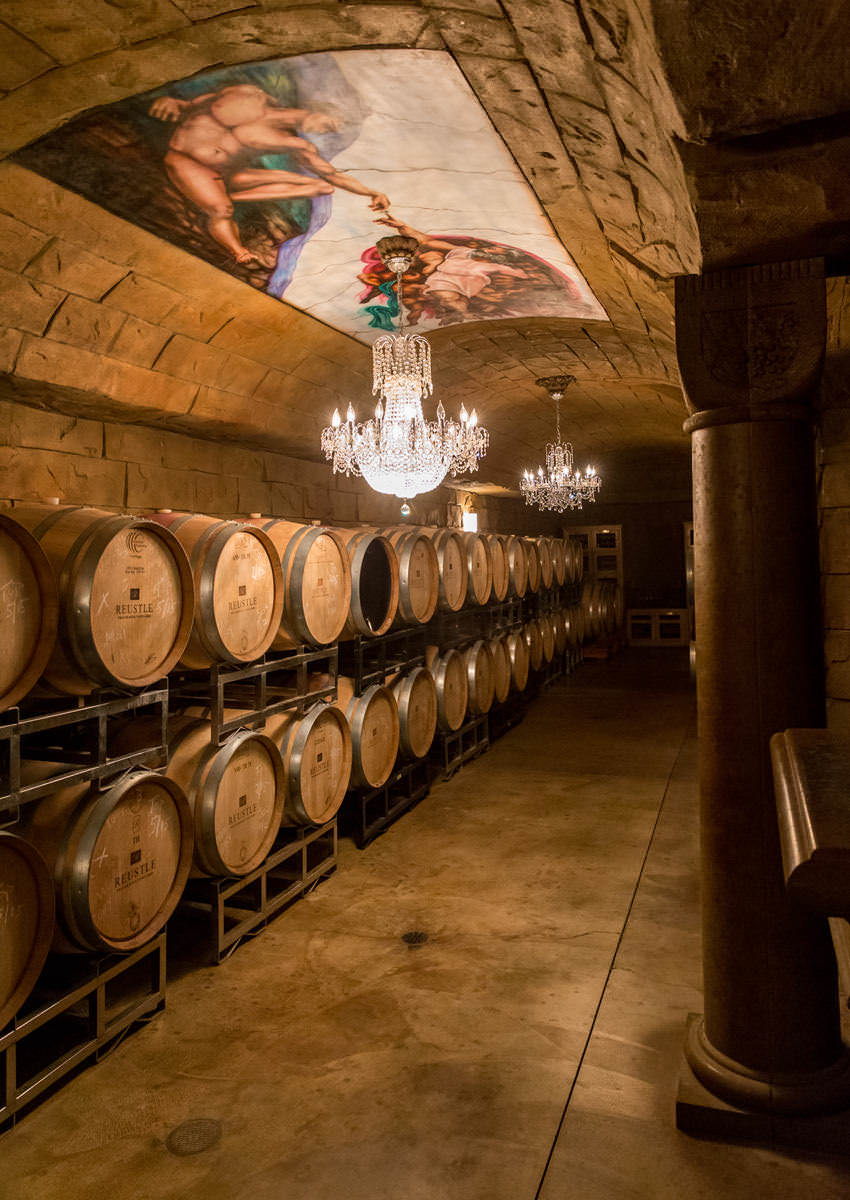
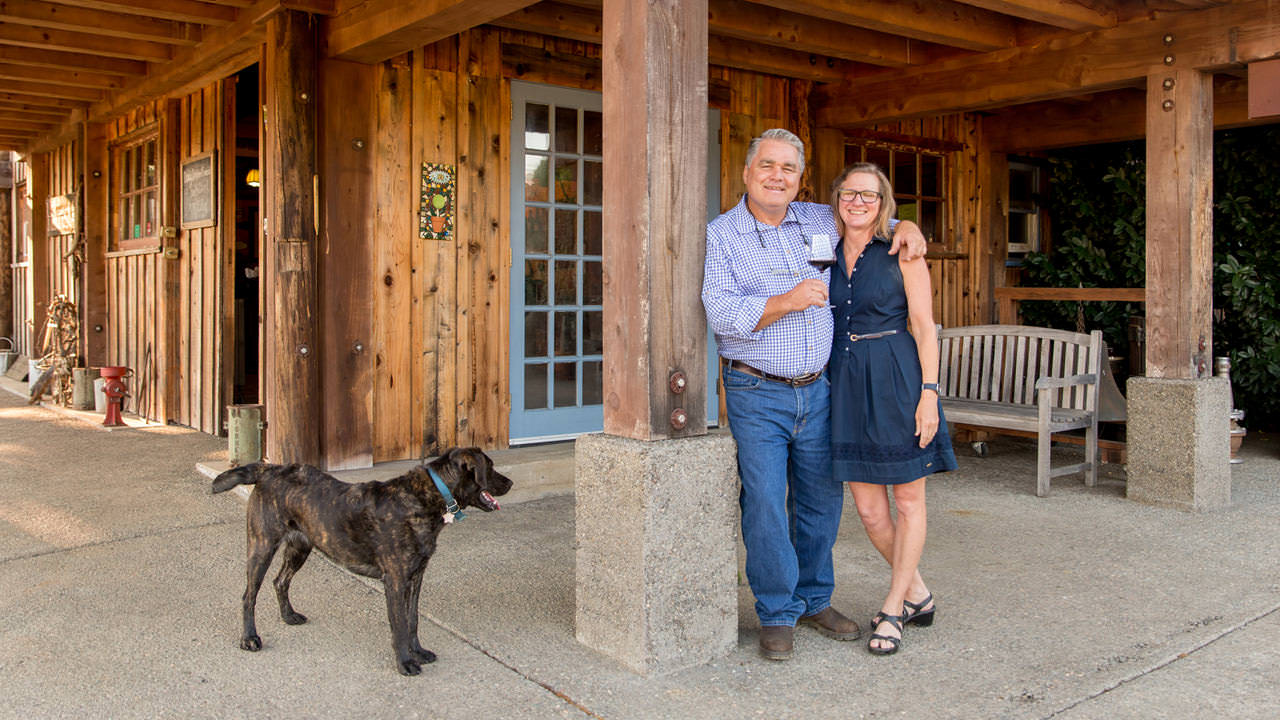
Another Umpqua winemaker who shares that old-world sensibility is Dyson Demara, the current owner and winemaker of HillCrest Vineyard, often considered Oregon’s oldest estate winery and the site where pinot noir was first planted in the state. After 20 years working in Napa Valley, including a stint at Robert Mondavi, Dyson moved north in search of new frontiers.
Unlike pinot noir, which is highly influenced by soil, tempranillo is among the least soil-sensitive of any grape, says Dyson. “That means it’s all about winemaking and technique” — and that emphasis on craftsmanship is very much on display in the tasting room. HillCrest’s wines are gorgeous, with a purity of flavor and intensity of focus that feel emblematic of a master free to pursue his own set of idiosyncratic ideas.
Dyson pours us a sample of his 2012 Umpqua Ribera. Inspired by the great wines of Ribera del Duero, it’s a blend of 80% tempranillo and 20% cabernet sauvignon, giving it a clear herbal character alongside tempranillo’s distinctive dried-cherry tones. As we taste, Dyson explains how he’s committed to dry farming, even during vines’ first year in the ground, and eschews adjuncts in the winery in pursuit of a purer expression of place, not just fruit. “This is my sickness,” he laughs, “my personal truth.”
HillCrest isn’t Dyson’s only project. We end our tempranillo odyssey at Roseburg’s only urban tasting room, Paul O’Brien Winery. It’s a collaboration between Dyson and fellow Mondavi alum Scott Kelly. There are no Paul O’Brien vineyards; instead, the winery sources fruit from throughout the “hundred valleys of the Umpqua,” the tasting room host explains, making it a perfect place to get a bird’s-eye view of the AVA.
As we’re sipping a glass of 2015 Reserve tempranillo dense with licorice and Fig Newton flavors, a winegrower clad in dusty denim saunters through the doors. She’s dropping off some fruit — tempranillo, naturally — and was hoping to taste the last vintage made with her grapes. The bartender’s delighted to oblige and pours us a splash to boot. It’s a wonderfully laid-back end to a weekend that proved Oregon’s wine regions have plenty of surprises left in store.
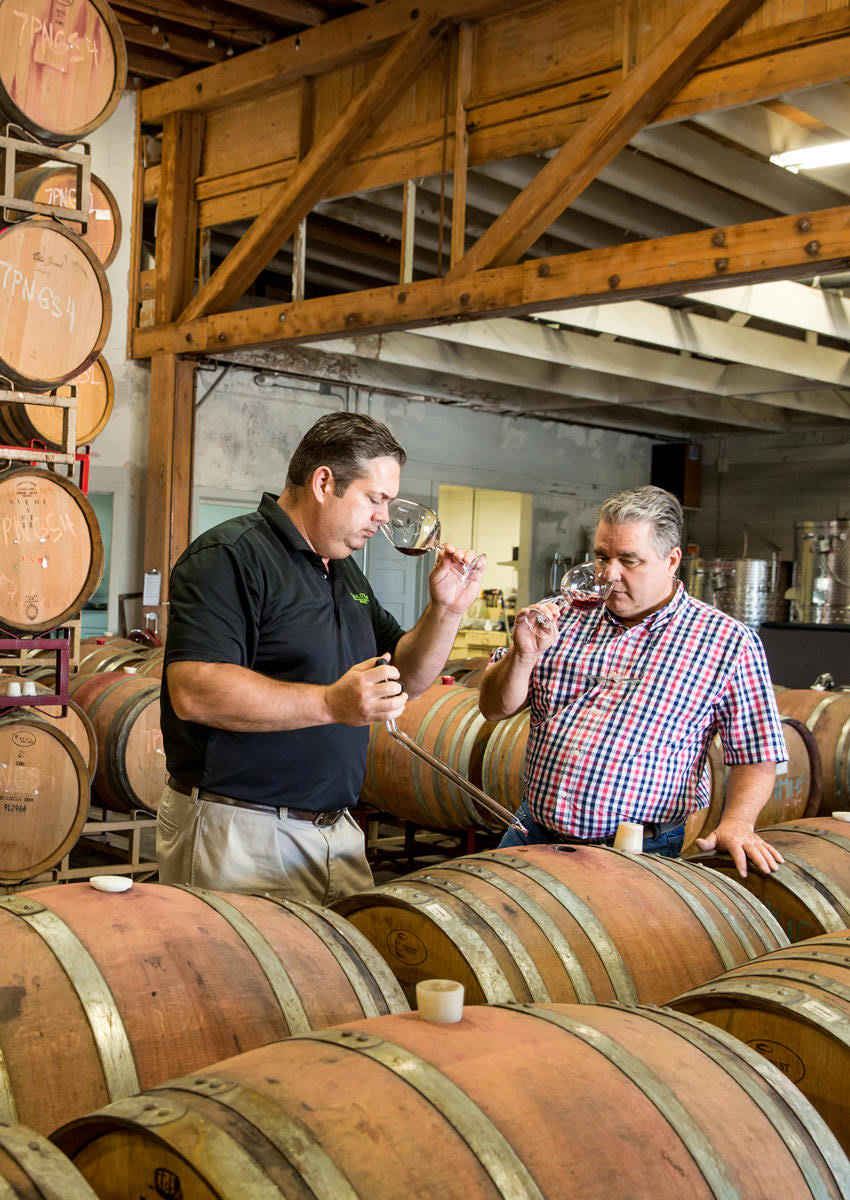
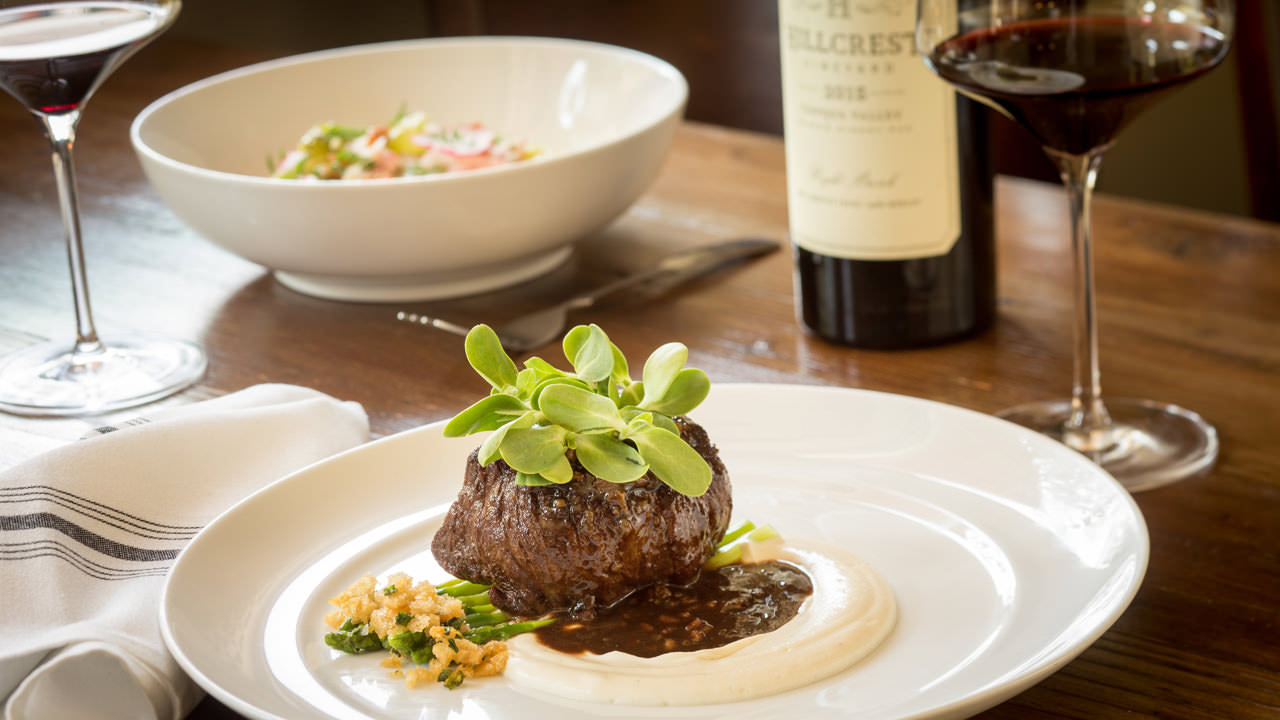
Where to Eat
Touring the Umpqua Valley isn’t only about wine. You’ll also get a sense of the family-run restaurants in and around Roseburg. Here are a few of my favorites.
Brix Grill in downtown Roseburg is loved by locals for its juicy burgers, toasty paninis, crisp salads and seasonal specials. True Kitchen + Bar is your most upscale option, but it’s still the kind of place that makes everybody comfortable. Meat-and-potatoes entrees share menu space with favorites like ahi tataki and butternut hummus, accompanied by a great local wine list and solid craft-cocktail selection.
For atmosphere, nothing beats The Parrott House, a restored mansion with expansive indoor and outdoor patio and gorgeous vintage design. Order a pizza and a bottle of tempranillo, then decamp to the hidden whiskey bar after dinner. North of Roseburg in the town of Umpqua is the Lighthouse Center Bakery & Cafe, an only-in-Oregon vegetarian wood-fired bakery and restaurant operated by students of Sant Baljit Singh (everyone’s welcome).
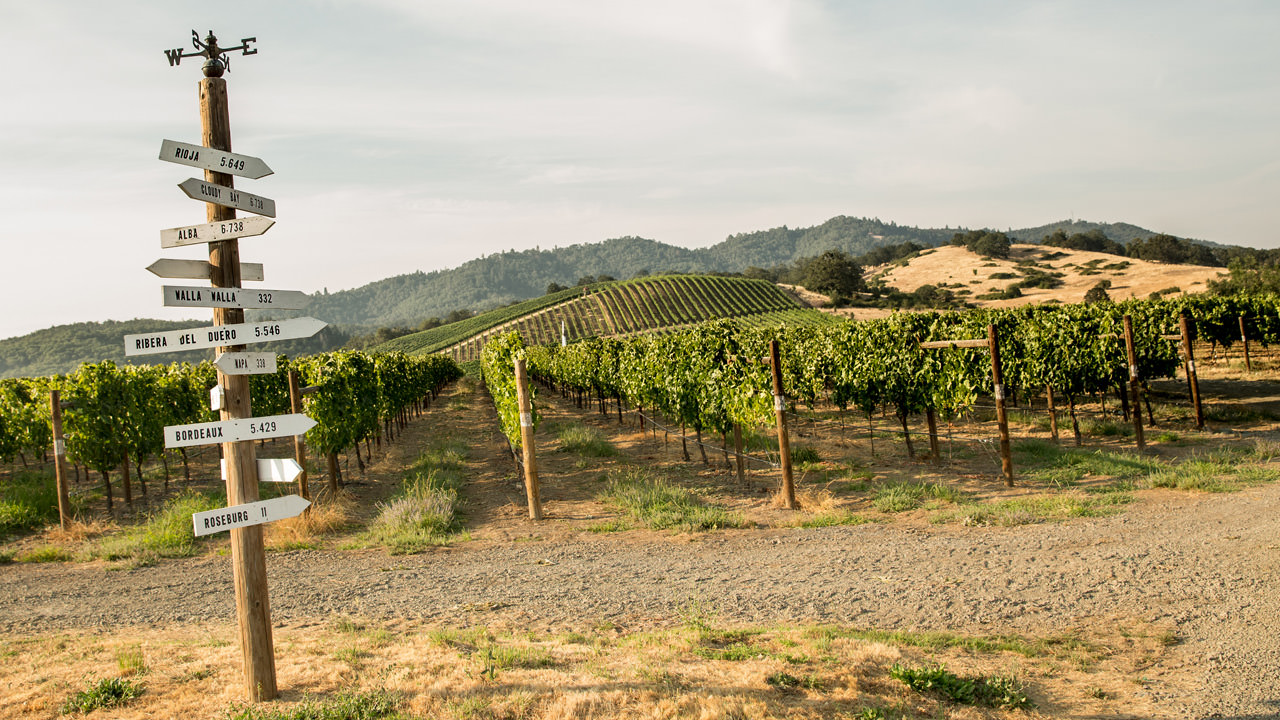
Touring Tips
Reserve a room: From bed-and-breakfasts to convenient hotels, you’ll find plenty of lodging options in the area. It’s wise to book in advance. Search for a room here.
Make a plan: The Umpqua Valley AVA is large, and wineries can be far from one another. Make a plan beforehand so you can cluster visits in different areas.
Bring a map: Don’t assume you’ll have cell coverage. Go ahead and print out the official touring map — paper still works even in the Umpqua’s farthest reaches.
Pack a picnic: Bring plenty of water, and don’t forget to pack a snack or two — many wineries permit picnicking. Salty nibbles like salami, marcona almonds and olives pair particularly well with tempranillo.
